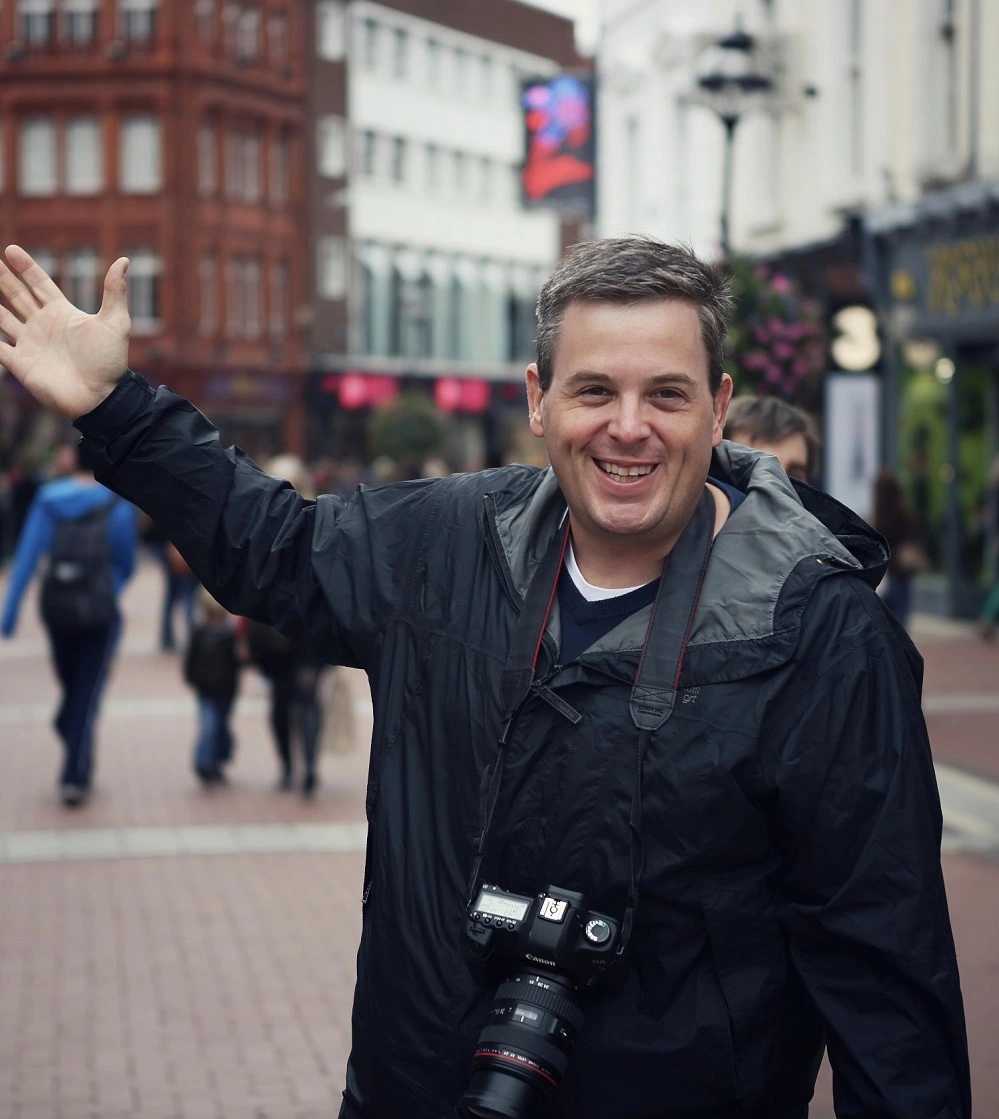 Whether you’re a professional or a hobbyist, all drone pilots must follow the same rules around no-flight zones and restricted airspace. However, recent changes to the DJI geofencing system might make it easier for some pilots to enter a no-drone zone accidentally. To keep your drone and other aircraft safe, it’s never been more important to know the FAA drone rules.
Whether you’re a professional or a hobbyist, all drone pilots must follow the same rules around no-flight zones and restricted airspace. However, recent changes to the DJI geofencing system might make it easier for some pilots to enter a no-drone zone accidentally. To keep your drone and other aircraft safe, it’s never been more important to know the FAA drone rules.
Get the facts on the new DJI geofencing update below, and learn how to stay safe and compliant on drone flights.
What is DJI geofencing?
Geofencing is a drone standard feature on most DJI consumer drones that marks restricted airspace or other no-drone zones.Previously, geofencing automatically prevented the drone from flying into a restricted area, such as airspace surrounding an airport, stadium, military base, prison, or other no-drone zones. One of the only ways to unlock the drone for flight in a restricted area was to file for a special permit from a program backed by the Federal Aviation Administration (FAA.)
However, DJI’s January 2025 software update changed the way geofencing works. Now, geofencing will no longer automatically stop a pilot from entering a no-fly zone or taking off in one. Instead, areas previously marked as “restricted zones” or “no-fly zones” will be marked as "enhanced warning zones" on the drone pilot interface. It’s up to the pilot to follow the rules and avoid flying into restricted airspace.
Why did DJI change geofencing?
To many people, rolling back a system that automatically prevents drones from flying into restricted airspace seems strange – especially given the recent collision of a civilian drone into a California firefighting plane.But DJI stated in a recent blog post that geofencing was never meant to be an “enforcement” tool. It was first released in 2013 as a voluntary measure when consumer drones were relatively new.
The new Geofencing system is intended to “[give] back control to operators and [provide] them the information they need to fly safely.” Additionally, DJI points out that requiring manual clearance to unlock the drone could delay drones used for public safety purposes, where every minute is crucial.
Some have speculated that rolling back the geofencing was DJI’s response to legislation intending to ban the import of new drones from China. But DJI has stated that their decision wasn’t politically motivated. Instead, they say the decision follows a similar policy change successfully implemented in Europe in 2024.
That said, not every drone pilot or aviation professional feels these changes are for the better. In fact, a former DJI vice president called the change “a remarkable shift in drone safety strategy with a potentially enormous impact, especially among drone pilots who are less aware of airspace restrictions and high-risk areas.” After all, without a comprehensive virtual fence in place, now only common sense and knowledge of the rules will prevent you from flying into a no-drone zone.
What happens if you fly your drone in a no-fly zone?
While your DJI drone will no longer block you from flying in restricted airspace, you still need permission to fly there. Otherwise, you can be held accountable to the full extent of the law for breaking the rules, which can include penalties such as:- Suspension or loss of your drone license
- Drone confiscation
- Fines of up to $75,000
How to see restricted airspace in your area
DJI may no longer label restricted and no-fly zones on their pilot interfaces. But you can still see places in your area where recreational drones are forbidden through the FAA’s B4UFLY" service, which launched in February 2024.In addition to providing information about permanently controlled airspaces, the service also provides information about temporary restrictions, like those for special events. You can view B4UFLY data on mobile or desktop through the following approved service providers.
How to get permission to fly a drone in restricted airspace
The process of obtaining permission to operate a drone in a no-fly zone remains largely the same after the geofencing update. The only major difference is that you don’t need to unlock your DJI drone manually after getting approval.You can get permission to fly in certain controlled spaces through an FAA-backed program called Low Altitude Authorization and Notification Capability (LAANC). LAANC is an online program that can grant near-instant approval for flights in controlled airspace at or below 400 feet.
To apply, you’ll need to take the following steps:
- Ensure you already have a drone pilot license
- Register your drone with the FAA and get a dji remote ID
- Pass The Recreational UAS Safety Test (TRUST).
- Input the date, time, altitude, and location where you want to fly your drone.
How to get permission to fly a drone in restricted airspace
Understanding your local no-drone zones and safety regulations helps you keep yourself and fellow aircraft safe in the air. However, navigating no-flight zones as an amateur pilot can feel overwhelming, especially if you need video footage near a restricted zone.If you want to take the burden off your hands, you can trust the professional drone pilots at McVeigh Media to get the job done. Since 2012, we’ve successfully captured gorgeous drone footage throughout Rhode Island. Our depth of experience means we understand all the local restrictions – so you can get the aerial footage you need without putting yourself at risk.
Contact us today to learn more about our drone videography services.
Posted by Sean McVeigh
Sean McVeigh is an award-winning filmmaker and producer with over 25 years of experience. Sean’s work as a cinematographer and editor has been viewed on many of the major TV networks including NBC, ESPN, and the BBC. He has also worked with iconic brands like Apple, GE, Jaguar, Amtrak, US National Parks Services, and AAA.

